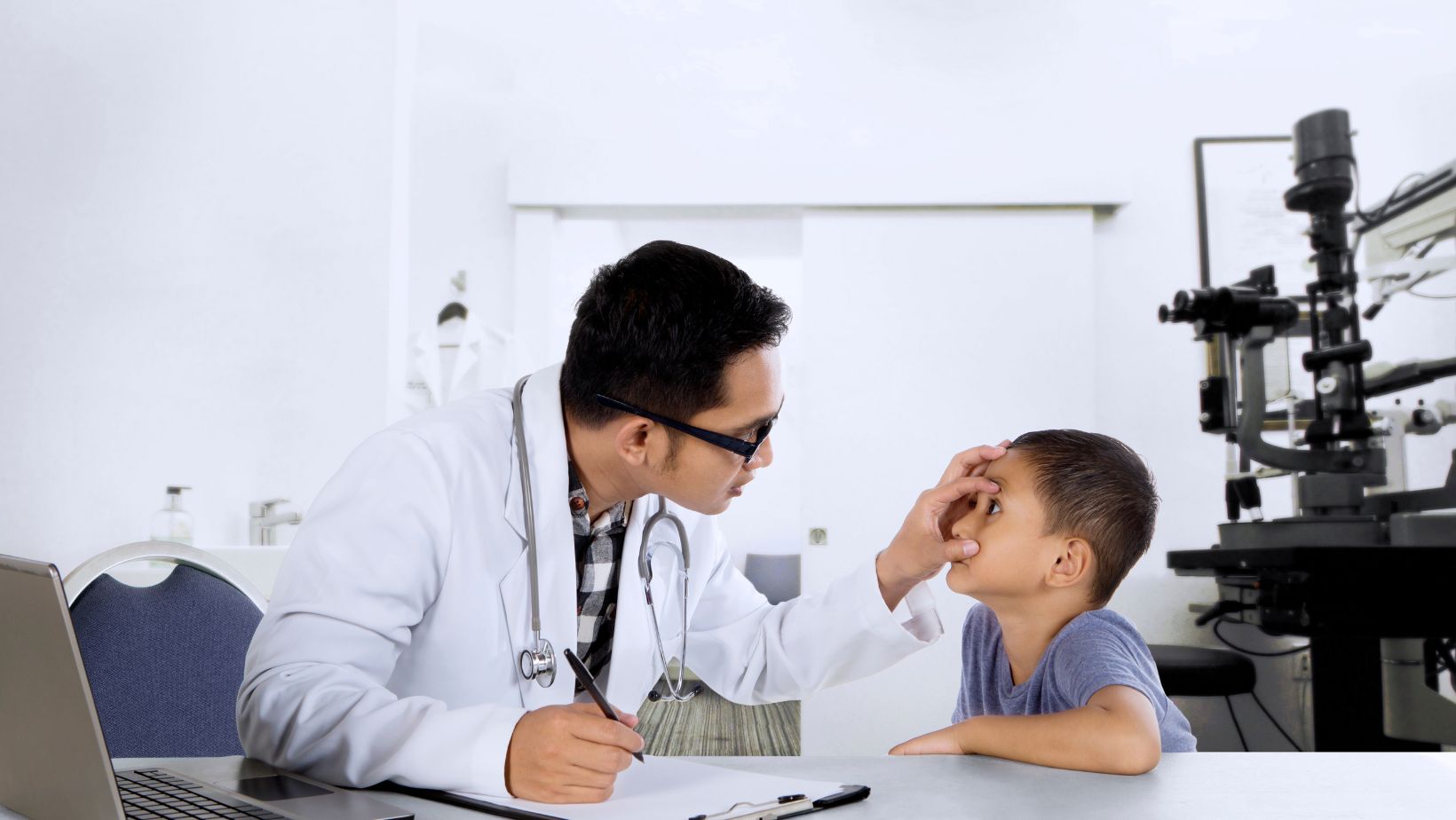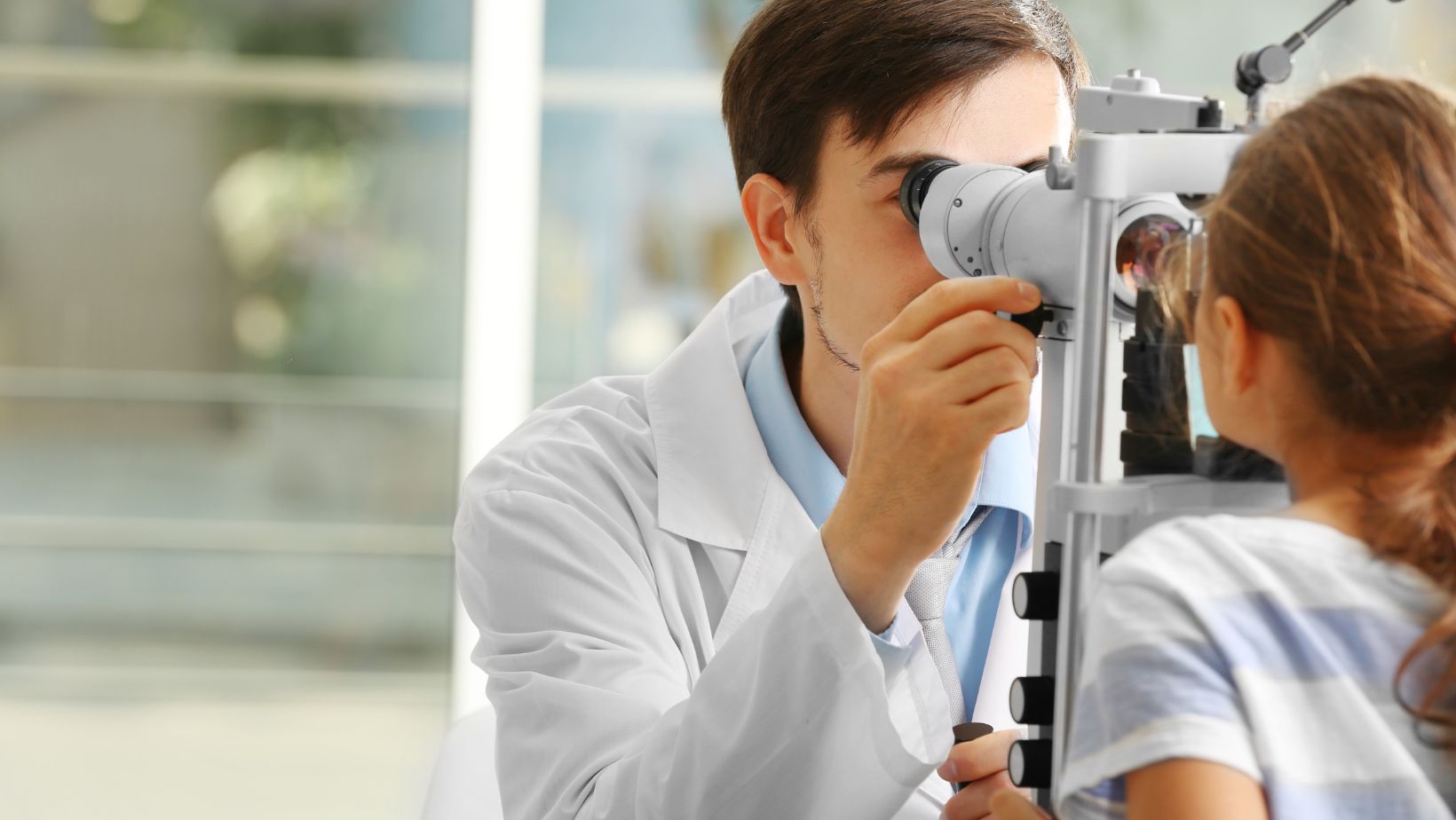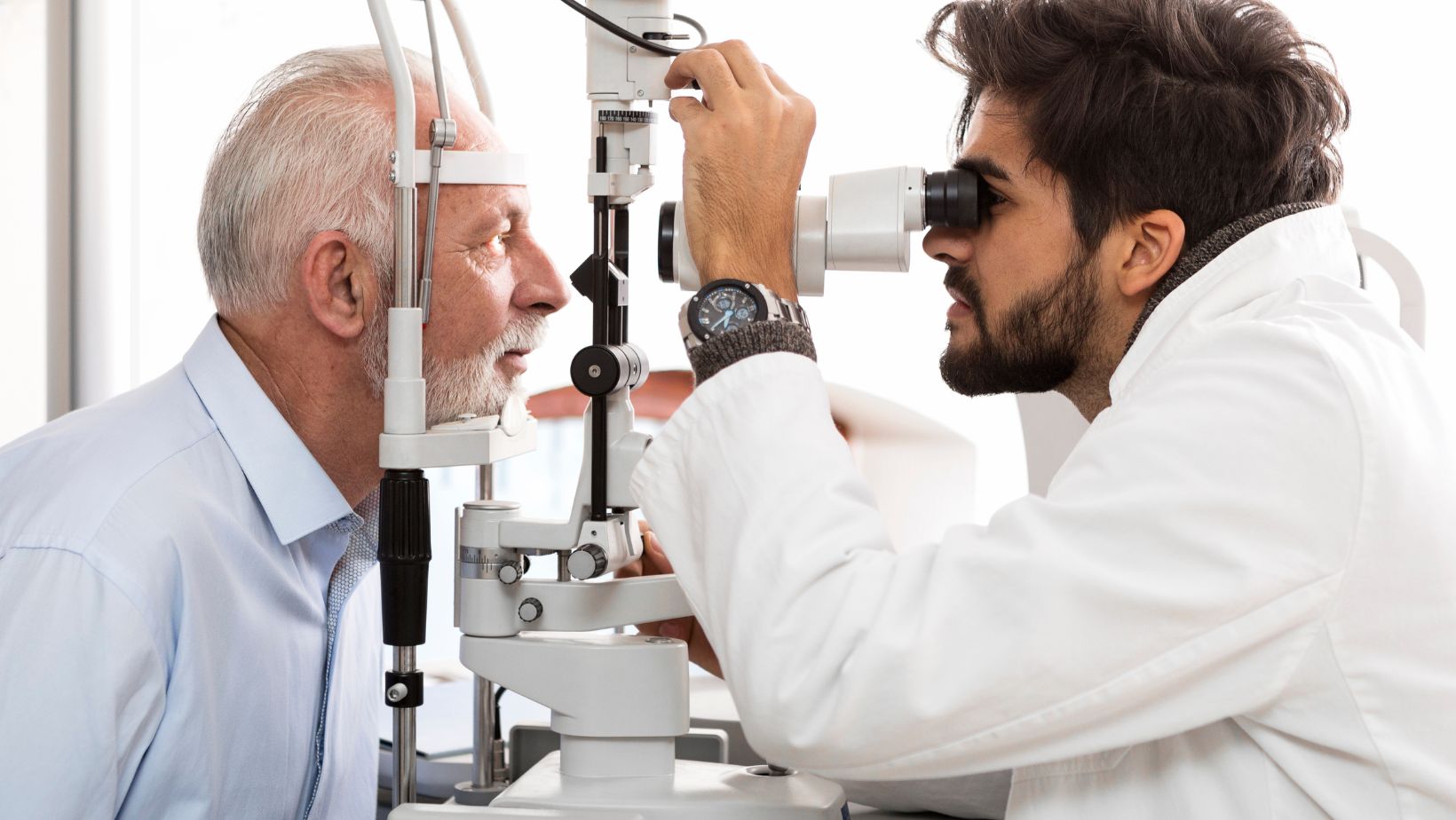
Vision changes don’t always start with something dramatic. Most of the time, you realize it after a little trouble reading your phone in low light. Something that is as minor as this can be the first sign of something bigger. Hence, people should know where to look.
That’s why today’s eye exams are far more than reading letters off a chart. New technology is giving eye doctors tools to detect issues long before symptoms appear. Conditions that are often unnoticed until vision loss begins can be caught in the early stages. This is highly important as health conditions are far more manageable at this phase.
Early detection means better outcomes. This can be the case in many eye conditions like glaucoma and diabetic retinopathy. Patients get treatment quicker and have greater confidence in long-term vision health. Brett Mueller, an experienced eye doctor treating in Fort Worth, confirms that early detection means better outcomes.
Scanning Beyond the Surface
Many of the eye’s most telling warning signs aren’t obvious. They can only be detected through check-ups using innovative tools like Optical Coherence Tomography. Scanned images from this advanced tech help eye doctors spot fluid buildup and nerve damage in layers that don’t usually appear during standard exams.
Also, digital retinal photography and fundus imaging help flag small changes in blood vessels early. These images are stored and compared over time, so changes that evolve slowly don’t go unnoticed.
Patients may not feel any symptoms, but these scans often tell a very different story. This only means that doing them more than once a year can save you from potential health issues. Consistent eye exams allow doctors to track issues and progression and possibly recommend treatments to stop further damage before it starts.
Smarter Tools, Better Conversations
Tech has also improved how doctors explain what they’re seeing. Digital screens in exam rooms show live views of the patient’s eye. Instead of describing a vague concern, the real-time data allows doctors to point to the exact spot and show how it compares to a healthy eye.
Apart from visuals, doctors gain more trust. When patients can see what’s happening, they’re more likely to take recommendations seriously.
AI and Pattern Recognition Are Playing a Bigger Role
Artificial Intelligence is becoming a huge player in different industries, including vision issues. AI algorithms can help identify patterns in eye scans faster than the human eye alone. In busy practices, this can potentially be a game-changer in advance diagnosis.

These systems are designed to flag potential concerns, not replace doctors. But by highlighting irregularities quickly, they help reduce the chance of something being missed. This is especially helpful in cases where early symptoms don’t always match the condition’s severity.
What Eye Doctors Are Looking for With the Help of New Tech
Here are some of the things advanced diagnostic tools help eye doctors spot early:
- Macular degeneration: They check for yellow deposits (drusen) and thinning in the retina
- Glaucoma: Changes in optic nerve structure may suggest glaucoma.
- Diabetic retinopathy: Eye doctors can see leaky or abnormal blood vessels during eye exams on pre-diabetic patients or those who don’t manage their diabetes well.
- Retinal tears: It shows subtle disruptions in retinal layers
- Corneal disease: Doctors check for irregularities found in corneal thickness or curvature.
Faster Visits Without Sacrificing Accuracy
Modern diagnostic tools have also sped up the entire eye exam process. Machines that once took several minutes per scan now work in seconds. More data is gathered without sacrificing accuracy. Patients get in and out faster, which helps make routine exams more accessible. This is especially true for those with tight schedules or health concerns that make long visits harder.
This shift is especially helpful for children, seniors, and people with limited mobility. Shorter appointments mean fewer barriers to care, which leads to earlier detection for more people.
Local Access Is Catching Up
You no longer have to live in a bustling metro to benefit from the latest in eye care. Clinics in suburban and smaller cities are adopting the same tech, which means better care is becoming more widely available.

For example, eye doctors in Marietta, GA, now have access to high-end imaging tools that rival what’s found in major research centers. That kind of access means patients can get top-tier screenings close to home without needing a referral to a hospital-based clinic.
What used to be reserved for advanced cases or big facilities is now becoming part of the routine checkup. That’s a shift worth noticing especially when it’s your vision on the line.


















